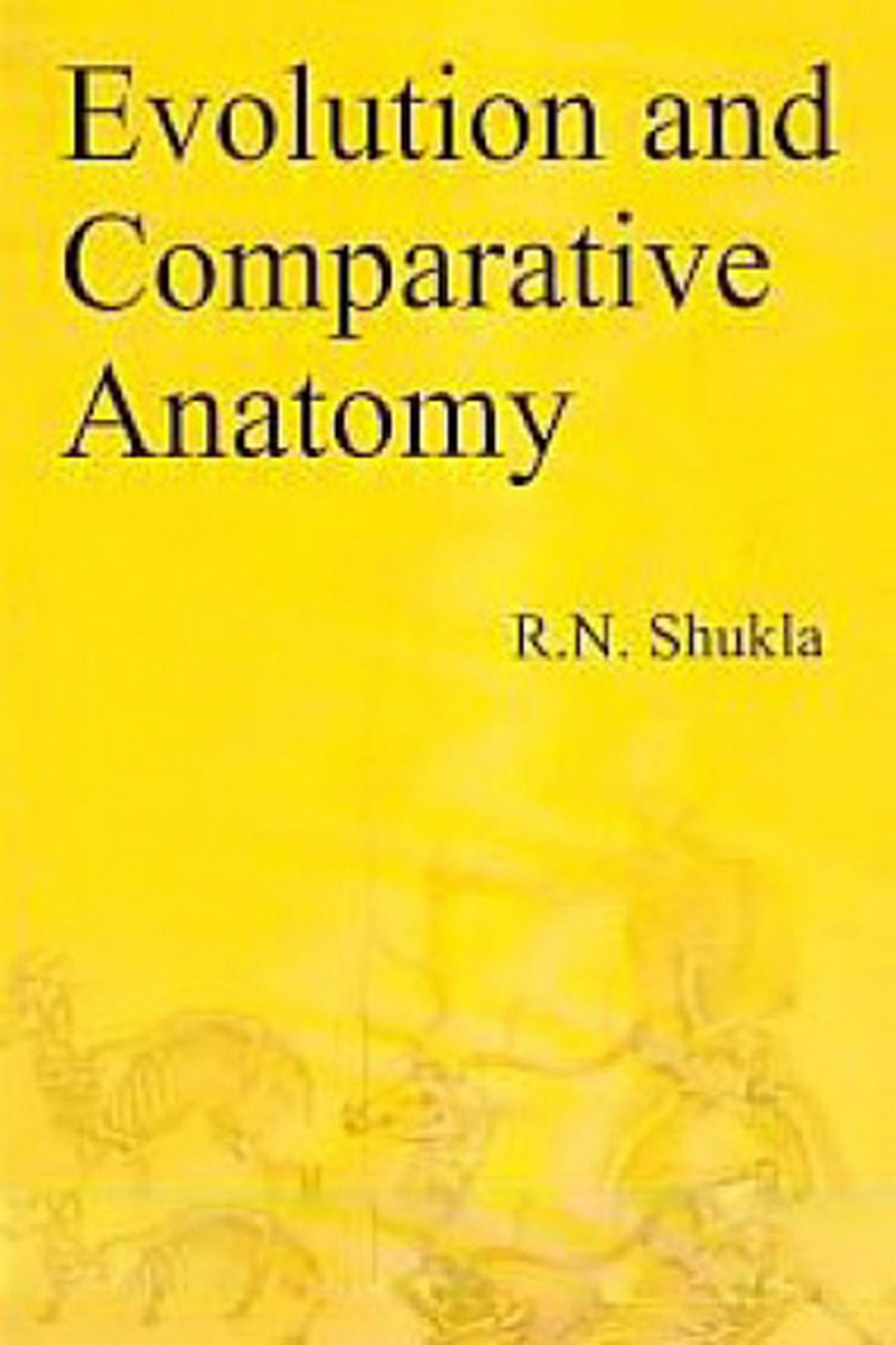Evolution And Comparative Anatomy
Evolution And Comparative Anatomy
Comparative anatomy is the study of similarities and differences in the anatomy of different organisms. It is closely related to evolutionary biology and phylogeny. Comparative anatomy has long served as evidence for evolution, it indicates that vari...
Read more
Comparative anatomy is the study of similarities and differences in the anatomy of different organisms. It is closely related to evolutionary biology and phylogeny. Comparative anatomy has long served as evidence for evolution, it indicates that various organisms share a common ancestor. Also, it assists scientists in classifying organisms based on similar characteristics of their anatomical structures. Comparative anatomy supports Darwin’s theory of descent with modification, also known as evolution. A common example of comparative anatomy is the similar bone structures in forelimbs of cats, whales, bats, and humans. All of these appendages consist of the same basic parts; yet, they serve completely different functions. The skeletal parts which form a structure used for swimming, such as a fin, would not be ideal to form a wing, which is better-suited for flight. One explanation for the forelimbs’ similar composition is descent with modification. Through random mutations and natural selection anatomical structures gradually became better-adapted to the every organism’s respective habitat. This text includes the development of the concepts relating to evolution and comparative anatomy. Each concept included in this text has been fully explained with the help of figures. The text promises to be extremely useful to undergraduate and post-graduate students of zoology, genetics, evolution, comparative anatomy and medical sciences.
Less





























